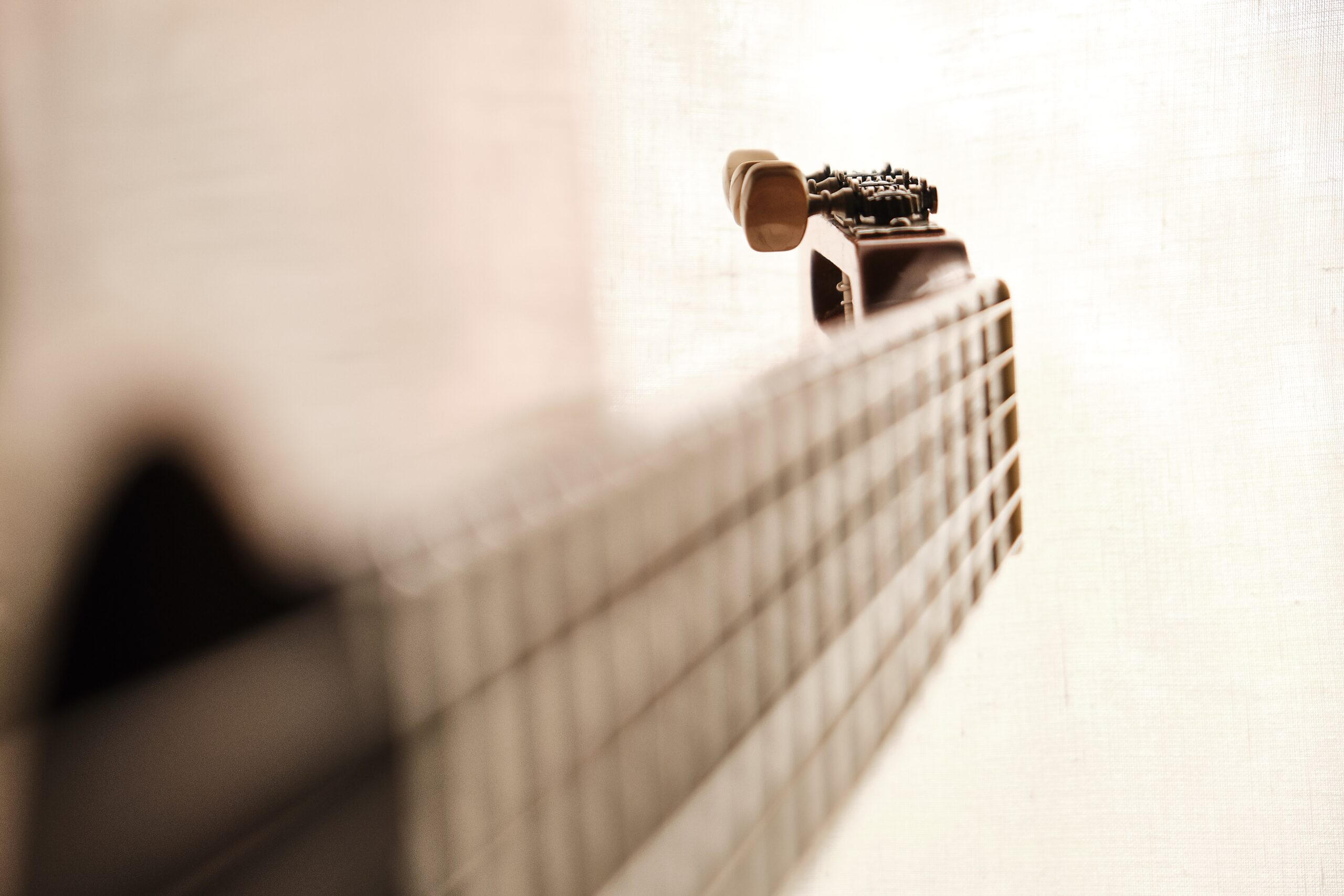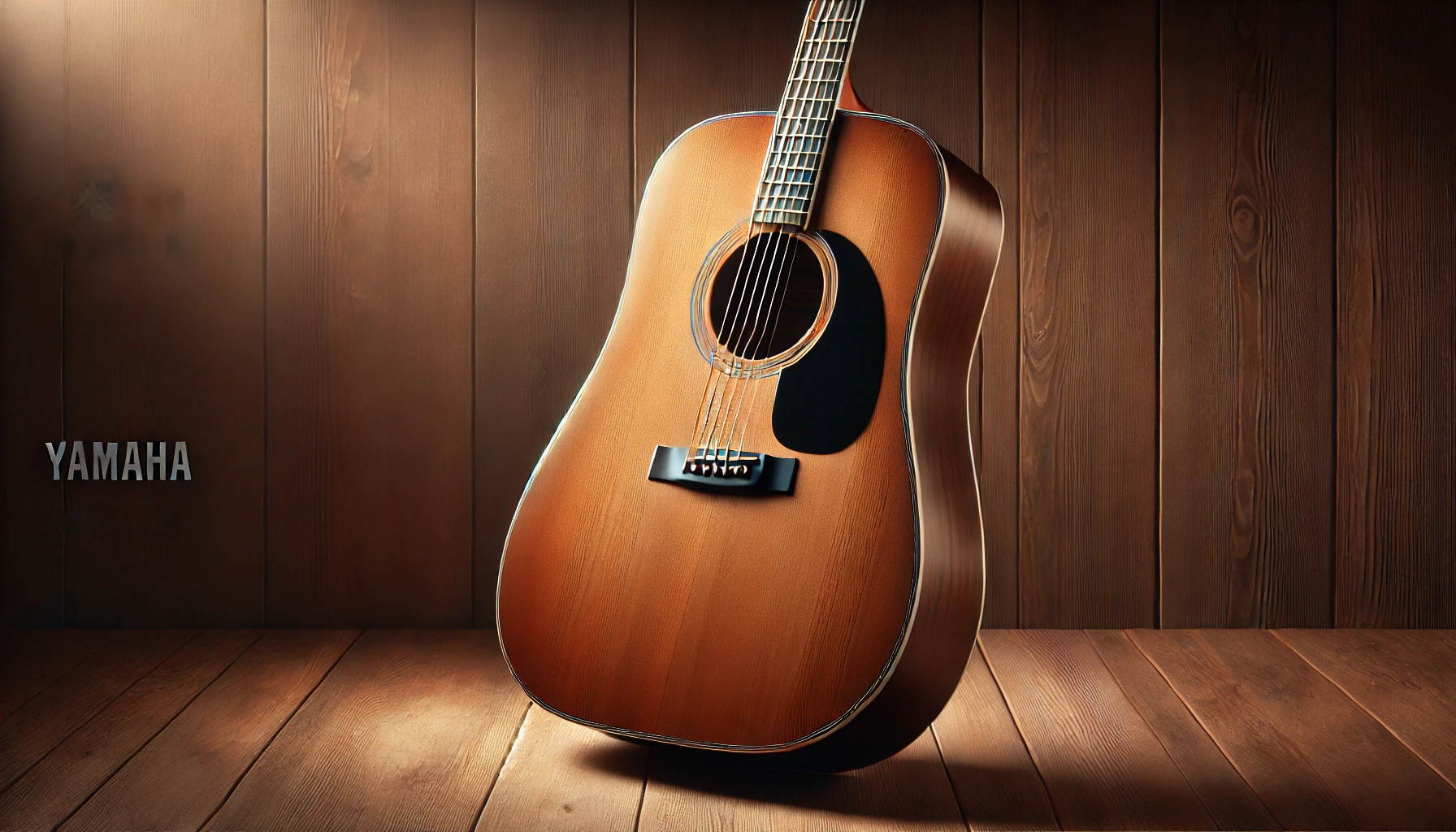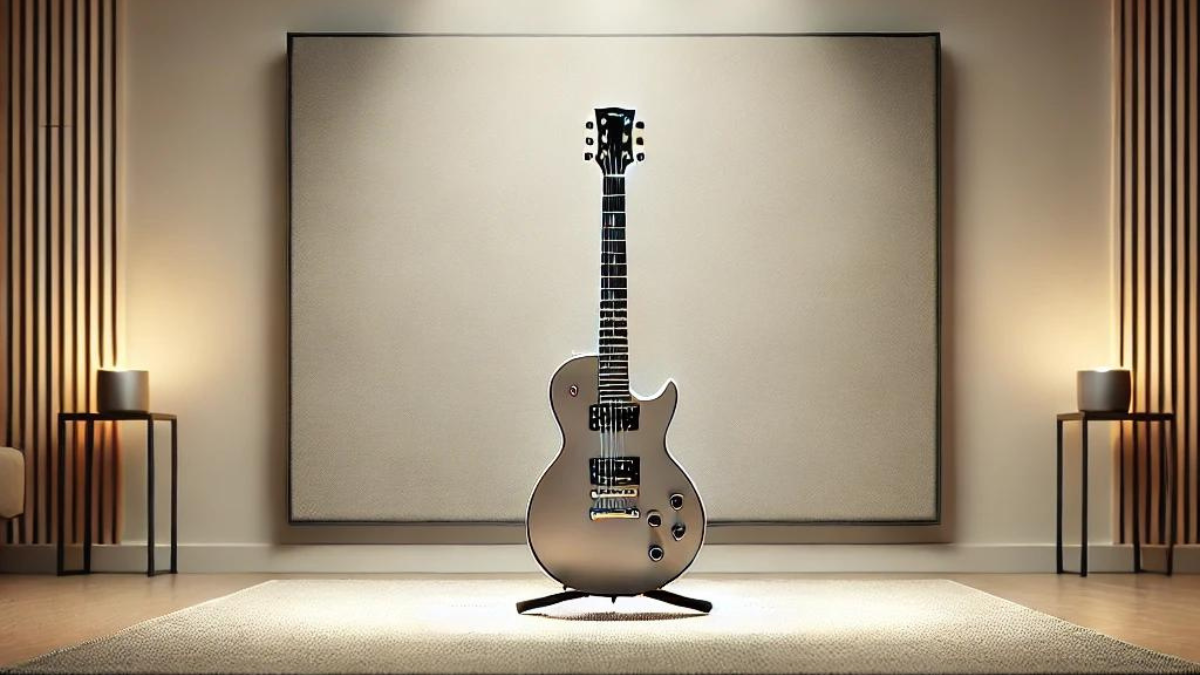Contents
- 1 Introduction
- 2 What is an Action Rod?
- 3 Tools and Materials Needed
- 4 Safety Precautions
- 5 Step-by-Step Guide to Changing the Action Rod
- 5.1 1. Preparing Your Guitar
- 5.2 2. Locating the Truss Rod
- 5.3 3. Removing the Truss Rod Cover
- 5.4 4. Assessing the Truss Rod
- 5.5 5. Removing the Existing Truss Rod
- 5.6 6. Adjusting the Truss Rod
- 5.7 7. Checking Neck Relief
- 5.8 8. Replacing the Truss Rod Cover
- 5.9 9. Tuning and Final Adjustments
- 5.10 10. Final Check
- 6 Troubleshooting Common Issues
- 7 Conclusion
- 8 FAQs
- 9 Additional Resources
- 10 Further Reading and Resources
Introduction
Changing the action rod inside an acoustic guitar might sound daunting, but with a bit of patience and the right tools, you can perform this task yourself. This guide provides a comprehensive step-by-step approach to help you successfully change the action rod, ensuring your guitar sounds and plays its best.Ready to learn how to change the action rod inside an acoustic guitar ?
What is an Action Rod?
An action rod, often referred to as a truss rod, is a metal rod that runs inside the neck of an acoustic guitar. It helps maintain the correct amount of relief (the slight forward curve) in the neck, which is crucial for optimal playability and intonation.
Tools and Materials Needed
- Truss rod wrench (usually 4mm or 5mm for most guitars)
- Screwdriver set
- Capo
- Tuner
- New truss rod (if replacing)
- Guitar stand or support
Safety Precautions
Before starting, ensure you’re working in a safe, well-lit environment. Use a guitar stand to secure your instrument and prevent any damage during the process. Always handle the neck and body with care to avoid scratches or dents.
Step-by-Step Guide to Changing the Action Rod
1. Preparing Your Guitar
Before you begin, loosen the strings on your guitar. This reduces tension on the neck, making it easier to adjust or replace the truss rod. Ensure the guitar is stable and won’t move during the process.
2. Locating the Truss Rod
The truss rod is usually accessed either at the headstock or inside the guitar body near the sound hole. For most acoustic guitars, you’ll find the adjustment point at the headstock, under a small cover.
3. Removing the Truss Rod Cover
Using a small screwdriver, carefully remove the screws holding the truss rod cover in place. Set the cover and screws aside safely. Be cautious not to lose any small parts.
4. Assessing the Truss Rod
Check the condition of the existing truss rod. If it’s damaged or you simply need to replace it, proceed to the next step. If you’re only making adjustments, skip to step 6.
5. Removing the Existing Truss Rod
If you need to replace the truss rod, you’ll likely have to remove the fretboard. This step can be complex and may require professional assistance if you’re unfamiliar with guitar repair. Once the fretboard is removed, you can slide out the old truss rod and insert the new one. Ensure the new rod fits properly and is aligned correctly.
6. Adjusting the Truss Rod
If you’re adjusting the truss rod, use the appropriate truss rod wrench to make small adjustments. Turn the wrench clockwise to tighten (reduce relief) and counterclockwise to loosen (increase relief). Make adjustments in small increments and check the neck relief frequently.
7. Checking Neck Relief
After adjusting the truss rod, use a capo to press down the first fret and simultaneously press down the 14th fret (or where the neck joins the body). There should be a slight gap between the strings and the frets around the 7th fret. Adjust until you achieve the desired neck relief.
8. Replacing the Truss Rod Cover
Once the adjustment is complete, replace the truss rod cover and secure it with the screws you set aside earlier.
9. Tuning and Final Adjustments
Tune your guitar to pitch and check the playability. If further adjustments are needed, repeat the process until you’re satisfied with the action and playability of your guitar.
10. Final Check
Ensure everything is secure and the guitar is playing well. Play a few chords and notes up and down the neck to confirm that the action and intonation are correct.
Troubleshooting Common Issues
If you encounter any issues such as buzzing or high action after adjusting the truss rod, consider the following:
- Check for uneven fret wear
- Ensure the neck is not warped
- Verify that the nut and saddle are at the correct height
Conclusion
Changing or adjusting the action rod inside an acoustic guitar is a task that requires patience and precision. By following these steps carefully, you can improve your guitar’s playability and ensure it performs at its best. If you’re ever in doubt, don’t hesitate to seek help from a professional guitar technician.
FAQs
1. What is the purpose of an action rod in an acoustic guitar?
The action rod helps maintain the correct neck relief, ensuring optimal playability and intonation.
2. How often should I adjust the truss rod?
Adjustments are typically needed when there are changes in humidity or string tension, or if you notice significant changes in playability.
3. Can I replace the truss rod myself?
While adjustments are relatively straightforward, replacing the truss rod can be complex and may require professional assistance.
4. What tools do I need to adjust the truss rod?
You’ll need a truss rod wrench, screwdriver set, capo, and a tuner for accurate adjustments.
5. What should I do if my truss rod adjustment doesn’t fix the issue?
If adjustments don’t resolve the problem, consult a professional guitar technician for further diagnosis and repair.
Additional Resources
If you’ve successfully adjusted or replaced the action rod in your acoustic guitar, you might also be interested in other maintenance tasks to keep your instrument in top shape. For a comprehensive guide on how to change your acoustic guitar strings easily, check out this detailed tutorial.
Further Reading and Resources
To further enhance your knowledge and skills, here are some other excellent resources:
- Adjusting Your Truss Rod: How and Why: A detailed article by Fender on truss rod adjustments and the reasons behind them.




